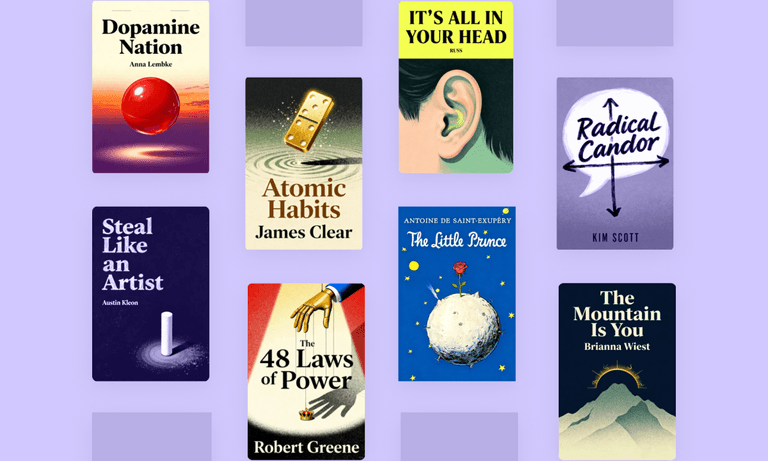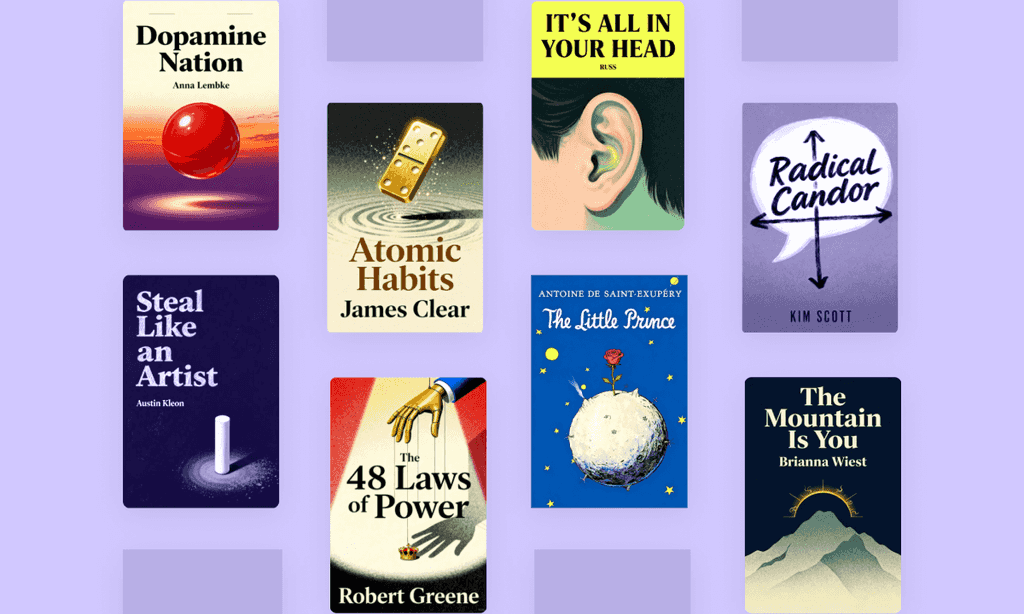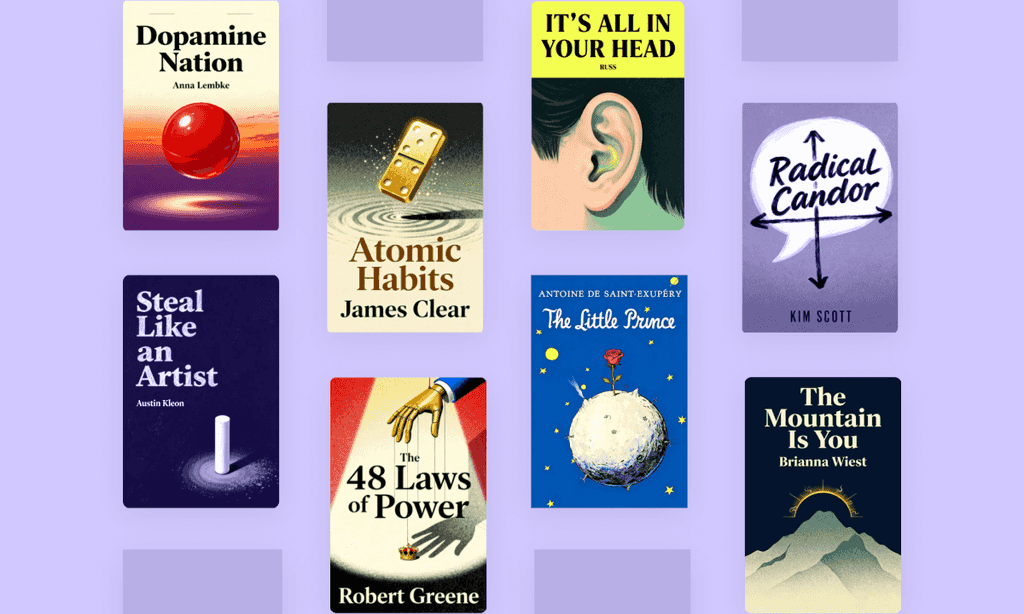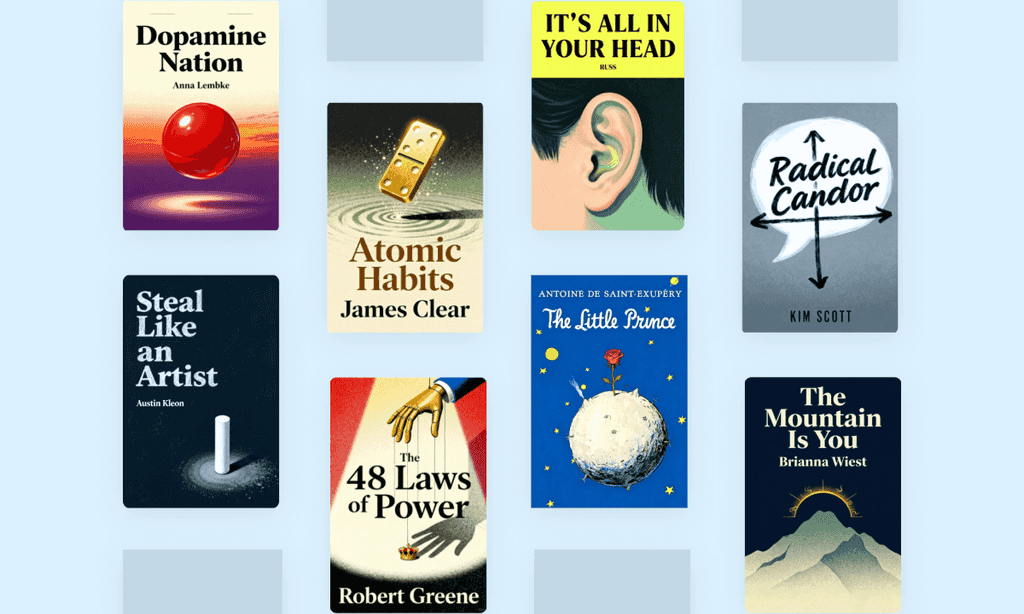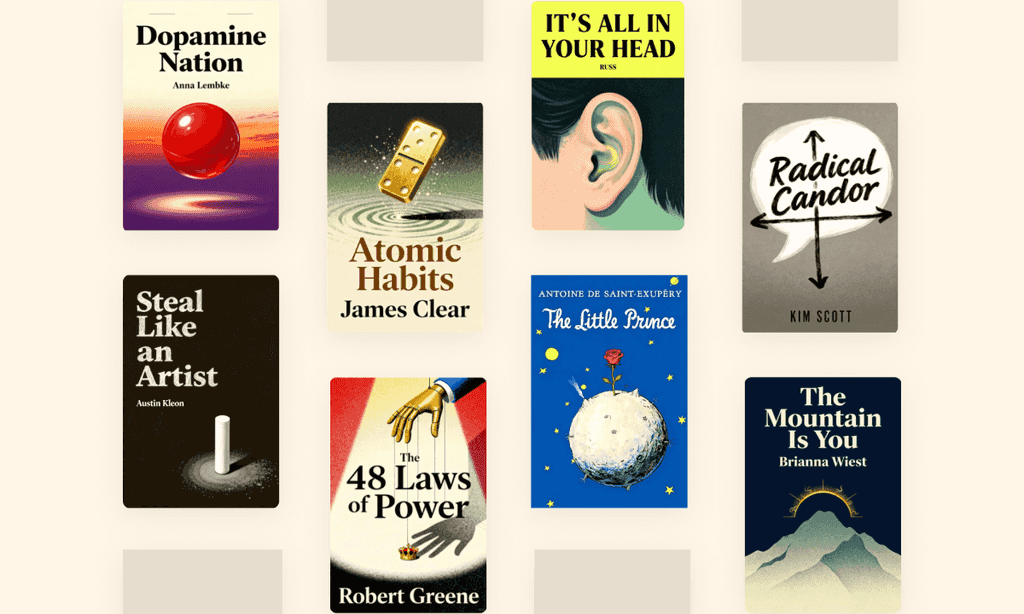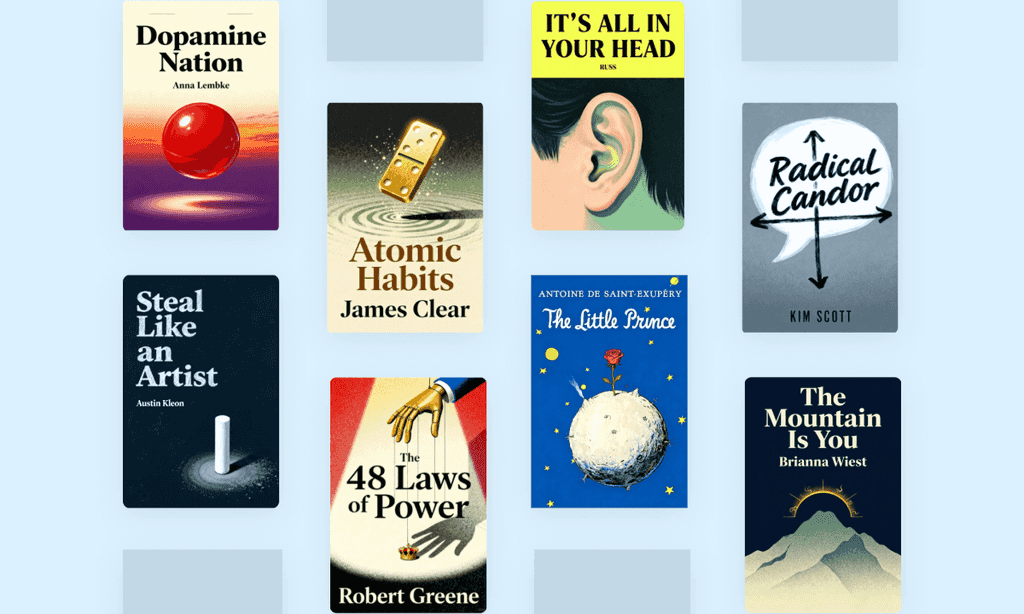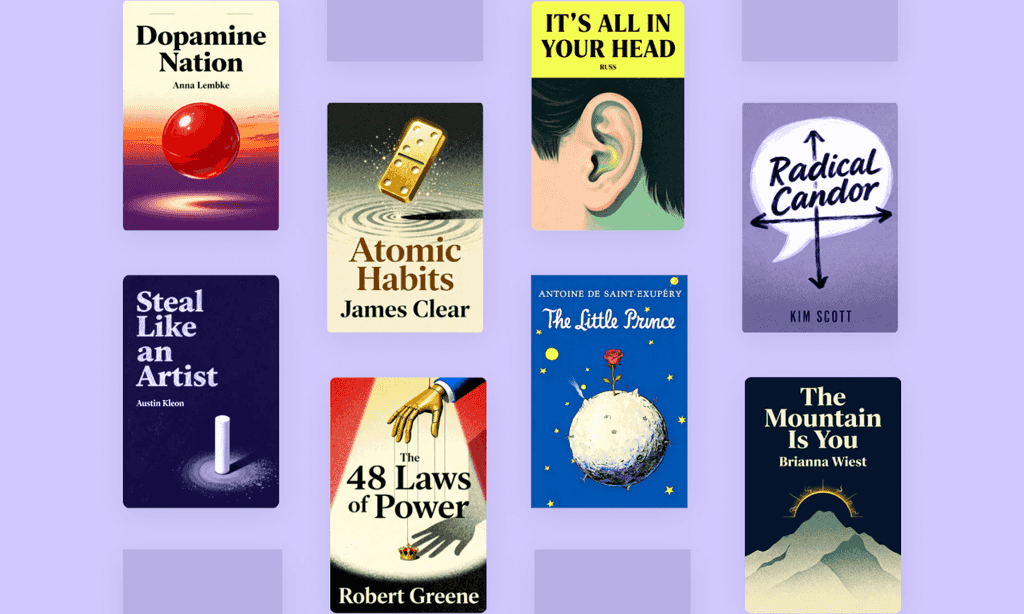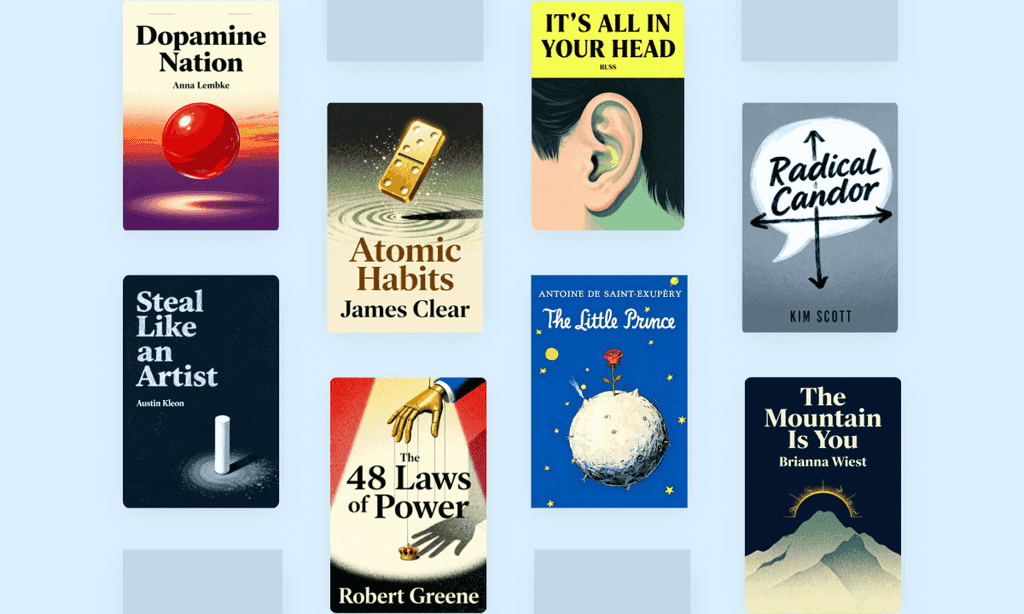The Miracle of Mindfulness by Thich Nhat Hanh
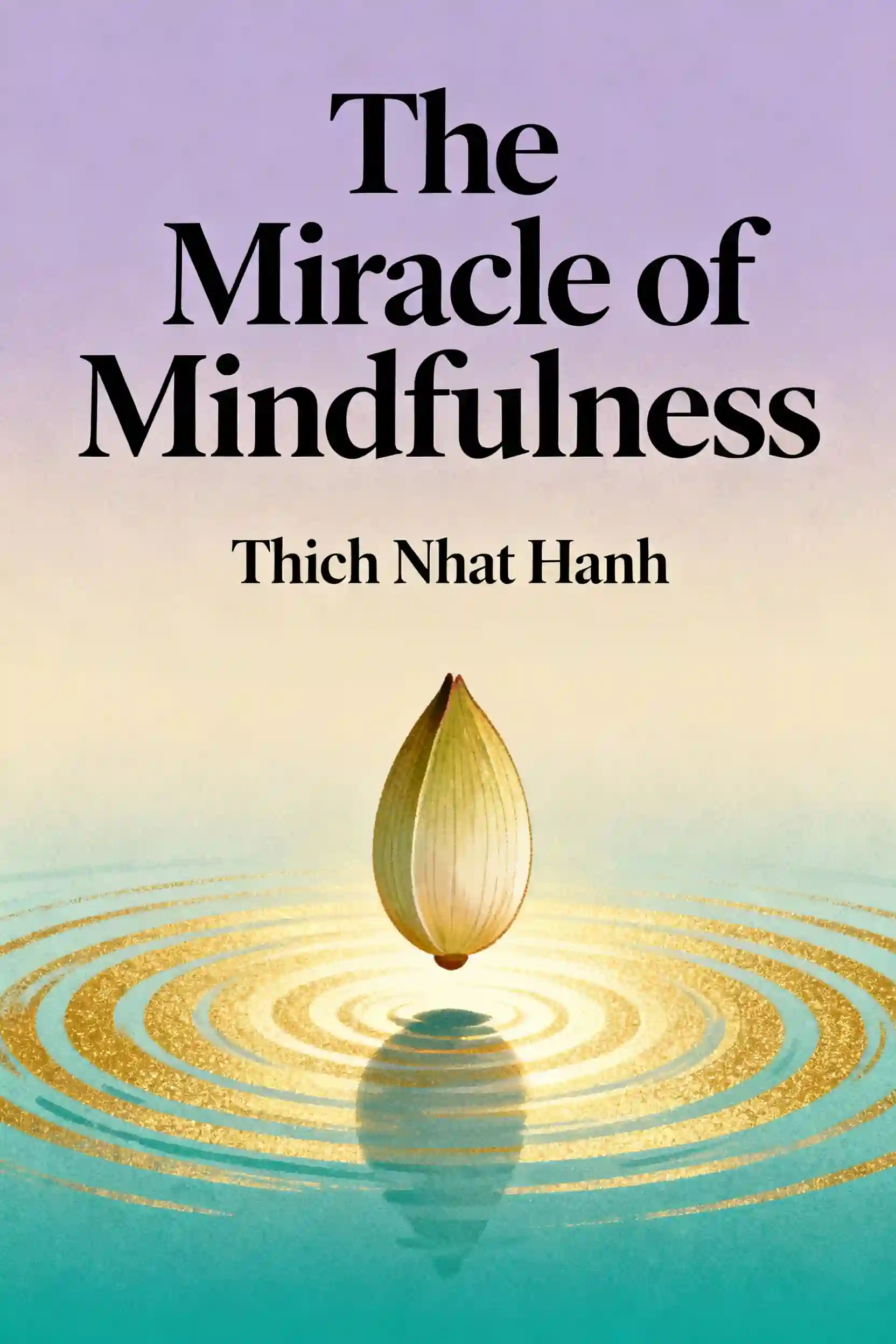
Overview of The Miracle of Mindfulness
Discover why "The Miracle of Mindfulness" transformed mental health practices worldwide. This 1975 classic, with over 37,000 Goodreads ratings, teaches present-moment awareness through everyday activities. Could washing dishes really be your path to inner peace? Celebrities and therapists think so.
About its author - Thich Nhat Hanh
Thich Nhat Hanh (1926–2022), author of The Miracle of Mindfulness: An Introduction to the Practice of Meditation, was a globally revered Vietnamese Zen master, peace activist, and pioneer of socially engaged Buddhism. A central figure in modern mindfulness literature, his work bridges ancient Buddhist teachings with contemporary applications for reducing suffering and cultivating inner peace.
Ordained at 16, he co-founded the Plum Village monastery in France after being exiled from Vietnam for his anti-war activism during the 1960s—a movement that earned him a Nobel Peace Prize nomination by Dr. Martin Luther King Jr.
His bestselling titles, including Peace Is Every Step, The Heart of the Buddha’s Teaching, and Living Buddha, Living Christ, have sold millions of copies worldwide and established him as one of the most influential spiritual teachers of the 21st century. The Miracle of Mindfulness, first published in 1975, remains a cornerstone of mindfulness practice, translated into over 30 languages and recommended by therapists, educators, and spiritual seekers alike. Thich Nhat Hanh’s legacy endures through Plum Village’s global sangha and his timeless call to “walk as if you are kissing the Earth with your feet.”
Key Takeaways of The Miracle of Mindfulness
- Thich Nhat Hanh teaches mindfulness as a bridge to inner peace through conscious breathing.
- Transform daily tasks like dishwashing into meditation by focusing fully on the present moment.
- Recognize interconnectedness to dissolve the illusion of separation and reduce personal suffering.
- Practice the Five Mindfulness Trainings for ethical living and spiritual growth in modern life.
- Embrace suffering by mindfully observing emotions without judgment like a mother holding her child.
- Cultivate mindfulness while walking, eating, or working to discover joy in ordinary activities.
- Use breath-counting techniques to calm scattered thoughts and anchor awareness in the now.
- Build spiritual community support to sustain mindfulness practice during life’s challenges.
- Replace automatic reactions with mindful responses through regular body sensation awareness.
- Discover your true nature beyond physical form through the “Yourself” meditation exercise.
- Thich Nhat Hanh redefines mindfulness as a lifelong practice rather than temporary stress relief.
- Observe thoughts as transient clouds rather than personal identity to achieve mental freedom.
